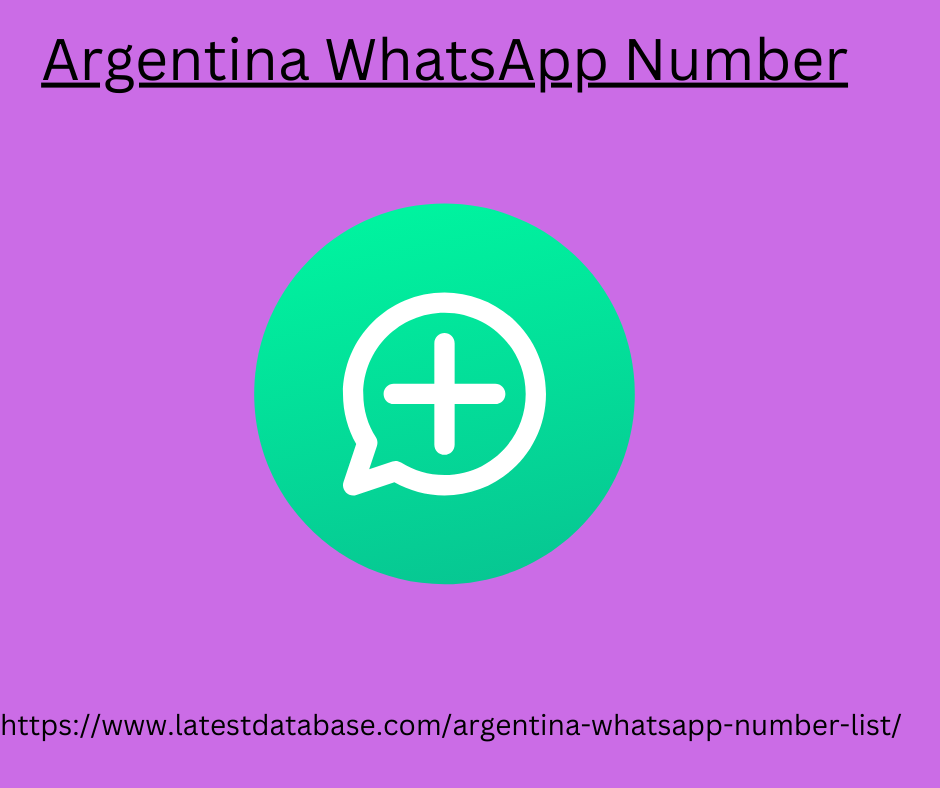|
|
Miravia is more like Tmall, mainly driven by the brand. This can be seen from the brands it invites to settle in and user portraits. out. According to multiple media reports, Miravia mainly provides two merchant account models. One is the official brand store, which is only open to brand owners with registered trademarks; the other is a supplier model mall account, which is mainly open to local sellers and retailers in Spain. And distributors, merchants have no fixed entry costs and only pay commissions to the platform based on sales. This is similar to the self-operated and POP models of domestic e-commerce. Alibaba has recreated a "Tmall + Little Red Book" in Europe
Product Observation Brand Store Page Miravia merchants have a certain degree of autonomy in selecting products, pricing, and setting up promotional activities. In addition to the platform's own logistics services, Miravia Argentina WhatsApp Number also You can choose a third-party logistics platform. Compared with Shein and Temu’s strong platform intervention model, Miravia’s control over brand merchants is relatively restrained. As a well-known fashion country in Europe, Spain has given birth to fashion giants such as Inditex Group, which owns eight major clothing brands such as ZARA and Pull and Bear. Its supply chain is at the leading level in Europe and has always been a battleground for e-commerce giants.

In addition to Alibaba, Pinduoduo’s overseas business Temu has also made Spain one of its first sites in Europe. Impacted by the epidemic in 2017, the domestic consumption environment will still be under pressure in the short term. Overseas business has become one of the few new stories for Alibaba. Last year, Alibaba’s overseas digital business segment accounted for 10% of total revenue, making it the most outstanding performer. One of the sections. But competition is also increasing. Last year, in addition to the Russian market, AliExpress's performance in Spain, France and other markets declined to varying degrees.
|
|
